To the faithful, everything mentioned in the Mahabharata is true to the very letter, whereas the skeptic holds that the epic is nothing more than a mere figment of imagination. How, then, can one ascertain the truth? It is here that archaeology comes to our rescue.
In 1951-52, Professor B.B. Lal excavated the key-site of Hastinapura, situated on the bank of the Ganga, in Meerut district of Uttar Pradesh. Over here he encountered in the lower levels a settlement which was distinguished by a characteristic pottery called the Painted Grey Ware, assignable to circa 1100-800 BCE. This PGW Culture has since been discovered at all the Mahabharata sites—a feature which binds them together.
Further, the excavation revealed that a heavy flood in the Ganga destroyed a considerable portion of the Painted Grey Ware settlement at Hastinapura. This archaeological evidence is duly corroborated by the Vayu Purana which states: “when the city of Hastinapura is carried away by the Ganga, Nichk¦u will abandon it and dwell in Kausambi.”
The shifting of the capital from Hastinapura to Kausambi is, in turn, supported by the fact that in the lowest levels of Kausambi has been encountered the same kind of degenerated Painted Grey Ware as had begun to appear at Hastinapura prior to its destruction by the flood.
Thus, the combined evidence of archaeology and literature duly establishes that the Mahabharata is not a figment of imagination but has a basis in historical reality. At the same time, it is on record that the epic underwent eleven-time inflation 8,800 to 1,00,000 verseshence it is difficult to separate the wheat from the chaff. But let not the precious wheat be thrown away with the chaff.

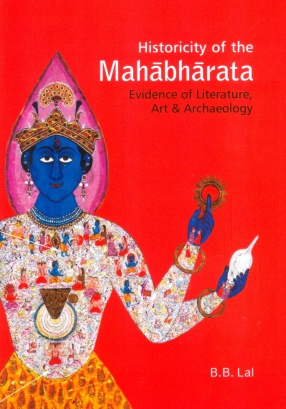
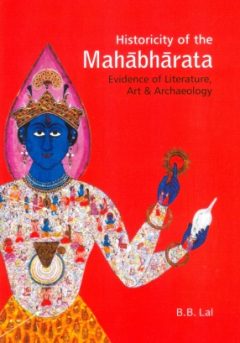
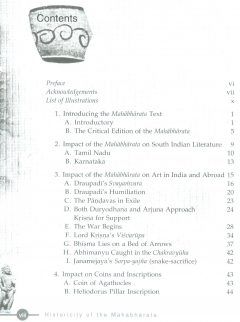
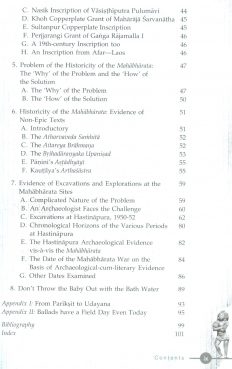
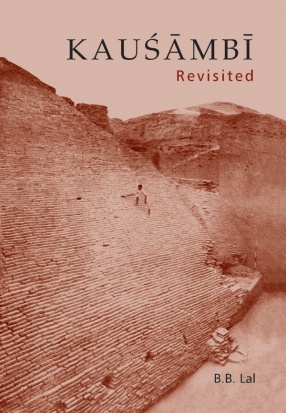
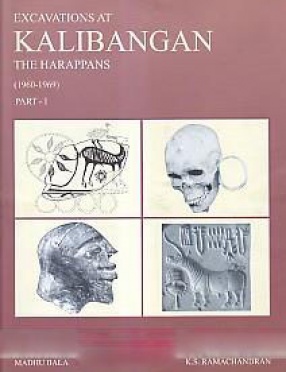
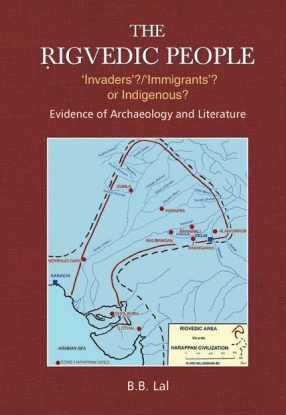
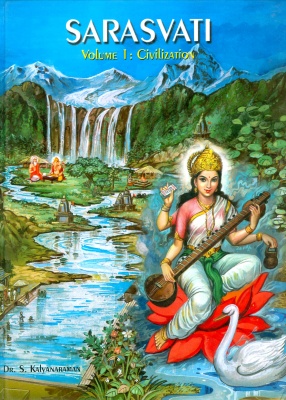
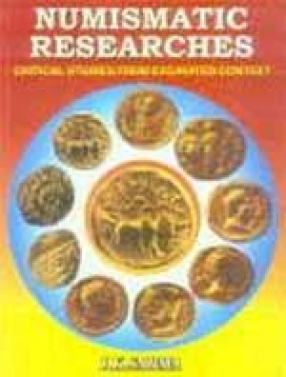
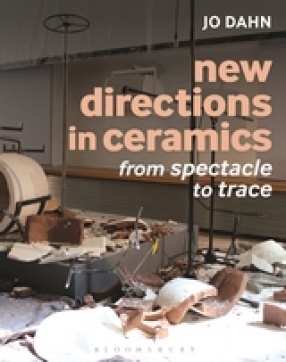
There are no reviews yet.